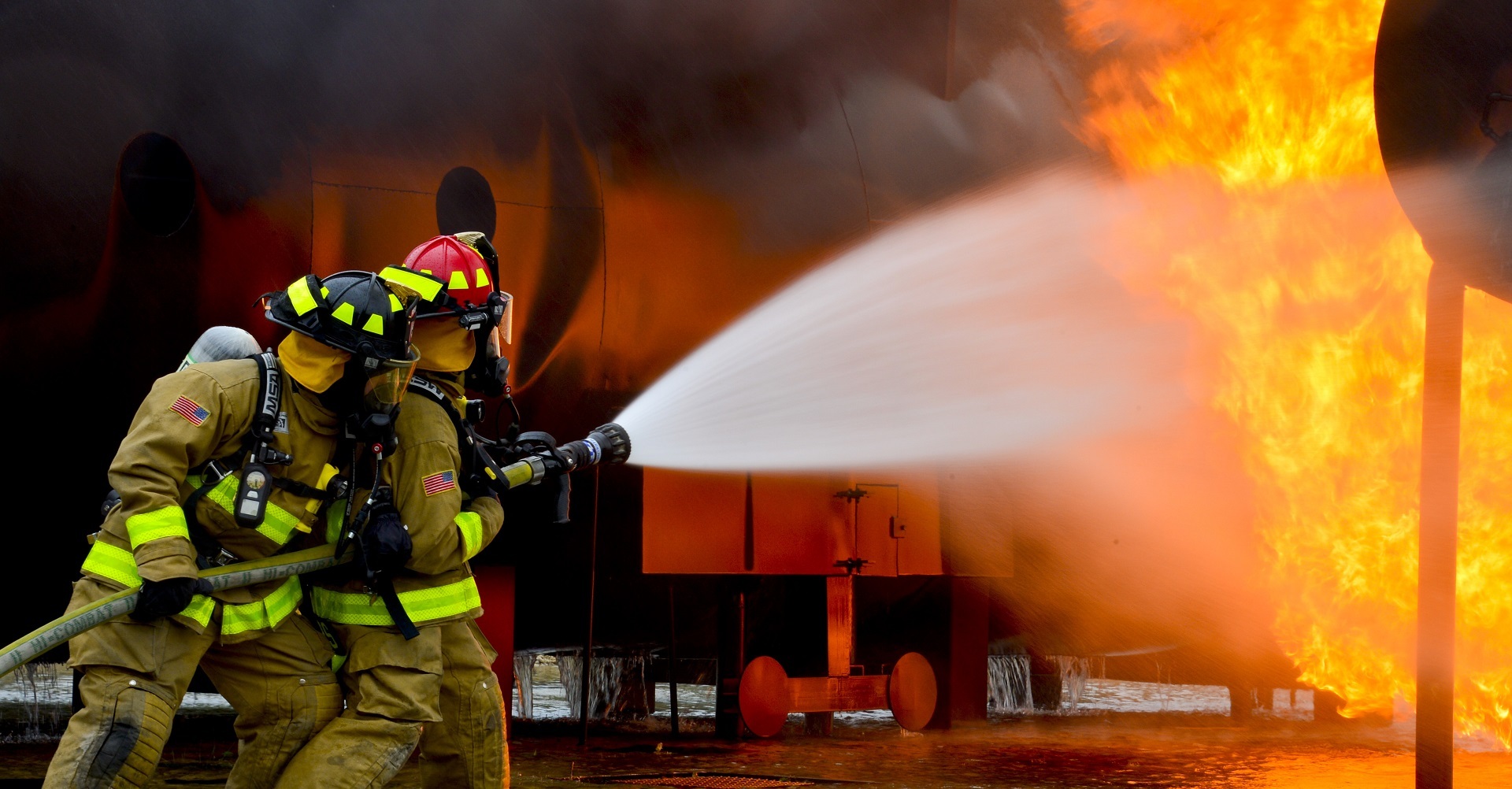
Safety
Safety Video Gallery:

DOES YOUR PROCESS GENERATE A COMBUSTIBLE METAL DUST?
NFPA 484 Chapter 1 Administration
Operations where metal or metal alloys are subjected to processing or finishing operations that produce combustible powder or dust shall include, but shall not be limited to machining, sawing, grinding, buffing, and polishing. If your process includes the following materials, then it may generate a combustible metal dust:
- Abrasive Blasting
- Line Graining
- Deburring
- Sanding
- Buffing
- Polishing
- Sawing
- Cutting
- Pedistal Stations
Standard for the Prevention of Fire and Dust Explosions from the Manufacturing, Processing, and Handling of Combustible Particulate Solids
NFPA 654 2013 Edition Annex A: A.3.3.5
Any time a combustible dust is processed or handled, a potential for deflagration exists. The degree of deflagration hazard varies, depending on the type of combustible dust and the processing methods used. A dust deflagration has the following four requirements: (1) Combustible dust (2) Dust dispersion in air or other oxidant (3) Sufficient concentration at or exceeding the minimum explosible concentration (MEC) (4) Sufficiently powerful ignition source such as an electrostatic discharge, an electric current arc, a glowing ember, a hot surface, welding slag, frictional heat, or a flame If the deflagration is confined and produces a pressure sufficient to rupture the confining enclosure, the event is, by definition, an “explosion.

Contact AT Industrial Products Today
We enjoy partnering with our distributors and our vendors. Building loyal partnerships creates an environment of trust that is collaborative, supportive, productive and profitable. We look forward to hearing from you!
